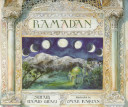
Describes the celebration of the month of Ramadan by an Islamic family and discusses the meaning and importance of this holiday in the Islamic religion.
Catalog sorted by age group

Describes the celebration of the month of Ramadan by an Islamic family and discusses the meaning and importance of this holiday in the Islamic religion.
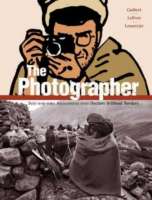
In 1986, Afghanistan was torn apart by a war with the Soviet Union. This graphic novel/photo-journal is a record of one reporter’s arduous and dangerous journey through Afghanistan, accompanying the Doctors Without Borders. Didier Lefevre’s photography, paired with the art of Emmanuel Guibert, tells the powerful story of a mission undertaken by men and women dedicated to mending the wounds of war. Didier Lefevre was a French photojournalist who traveled the world extensively, often reporting from the most remote and harrowing situations imaginable. At the end of July 1986, Didier Lefevre left Paris for Afghanistan. He barely returned to tell the tale. It was his first major assignment as a photojournalist, documenting a Doctors Without Borders mission. Camera in hand, the traveled with a band of doctors and nurses into the heart of Northern Afghanistan, where the war between the Soviet Union and the Afghan Mujahideen was raging. The mission affected Lefevre as profoundly as the war affected contemporary history. His photographs, paired with the art of Emmanuel Guibert, tell the story of an arduous journey undertaken by men and women intent on mending what others destroyed.

Charts the development of Mecca as the most holy city for the world’s community of Muslims, and explains clearly the history of Islam itself; shows how Mecca symbolizes the richness of Islam through its traditions, its religious festivals, and powerful art and architecture.
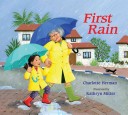
When Abby moves with her family to Israel, she misses her grandmother and during the dry Israeli summer, she remembers the fun they used to have splashing in puddles together
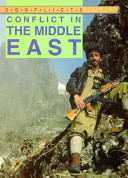
Describes the history of the Middle East, the root of the tensions involved among the countries there, and the current situation and its impact on the rest of the world.
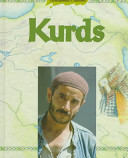
Tucked into a mountainous region straddling the borders of Iraq, Iran, and Turkey, Kurdistan is at the center of one of the most volatile regions in the world–and home to more than 22 million Kurds. This book tells their story, their traditional beliefs and values, and the difficluties of keeping an identity that is under constant threat from other cultures.
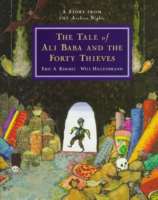
A poor woodcutter discovers the hidden treasures of a band of robbers, survives great danger, and brings riches to his whole family.
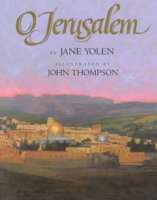
A poetic tribute to Jerusalem, in honor of the 3000th anniversary of its founding, celebrating its history as a holy city for three major religions.
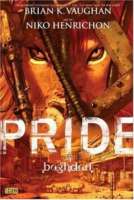
A graphic novel looks at life on the streets of Baghdad during the Iraq War, inspired by true events. In the spring of 2003, a pride of lions escaped from the Baghdad Zoo during an American bombing raid. Lost and confused, hungry but finally free, the four lions roamed the decimated streets in a desperate struggle for their lives. Pride of Baghdad raises questions about the true meaning of liberation – can it be given, or is it earned only through self-determination and sacrifice? And in the end, is it truly better to die free than to live life in captivity?
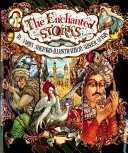
The Calif of Baghdad is turned into a stork by an evil sorcerer, the only one who knows the magic word that will restore the Calif to his human form.